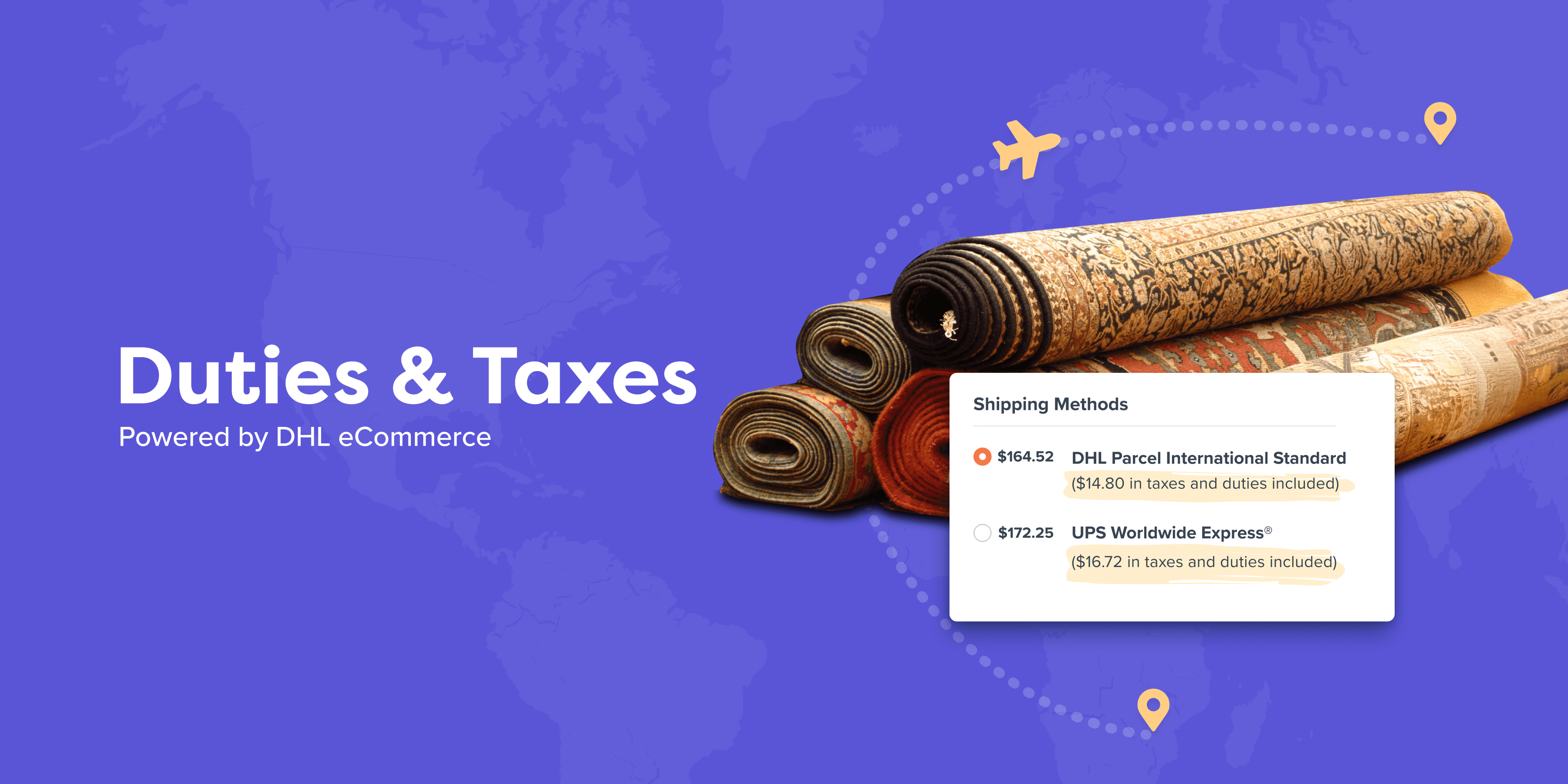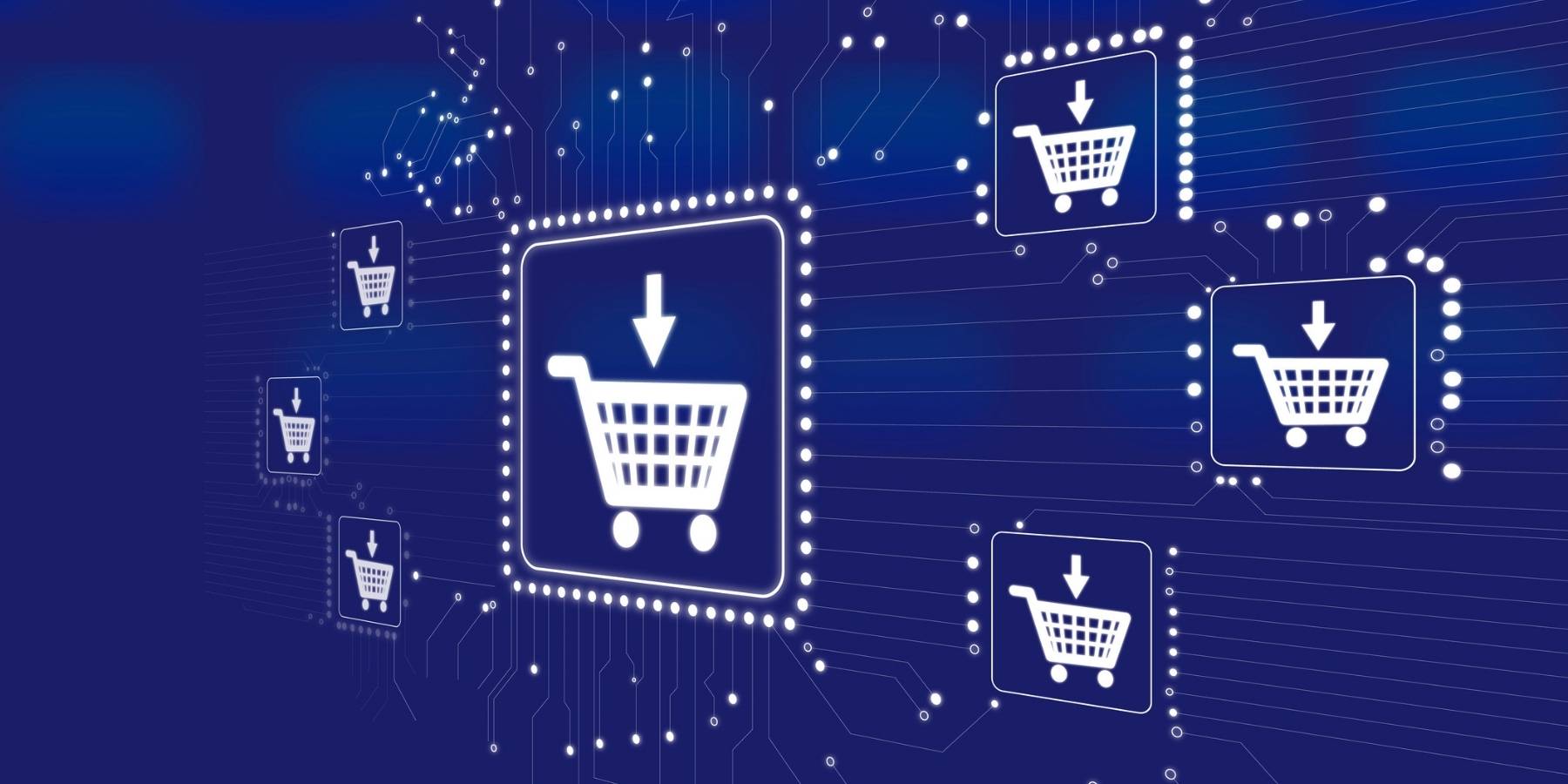Creating a winning LTL freight strategy is possible, regardless of what you sell online
Not long ago, it was cost-prohibitive for eCommerce sellers to ship large, heavy, or oddly shaped items. Think hot tubs, industrial equipment or live sharks. (Yes, ShipperHQ helps ship sharks, but we’ll save that story for another blog post!)
But now online shoppers have become accustomed to being able to hit purchase items in a blink of an eye. This has caused many eCommerce stores and their freight hauling partners to struggle to keep up with expectations.
The trouble lies in the fact that, unlike parcel carriers, like UPS or FedEx, freight carriers often aren’t equipped to provide instant freight rates at checkout. They also can’t dash door-to-door to make deliveries. However, as eCommerce continues to gain in popularity, they’re being called upon to do just that.
That leaves one big question: how can eCommerce sellers who ship LTL (less than truckload) freight keep up with demand, while still providing a customer experience akin to any small parcel carrier?
We caught up with Kevin Brink from Kuehne+Nagel LTL eCommerce, ShipperHQ’s LTL freight logistics partner, to get an answer to that question. Plus, we got his advice on how eCommerce sellers and freight carriers can best work together for happier customers and a healthier bottom line for everyone.
But first, let’s take a look at why treating freight like parcel delivery doesn’t quite work (yet).
3 Factors That Impact the Current State of LTL Freight and eCommerce
1. Delivery Networks
For a few reasons, it’s nearly impossible to just apply technology to freight networks and then expect them to work like parcel carriers.
Unlike parcel delivery – which has the technology to expand to meet market needs – freight capacity is finite. In trucking here in the US, there are only so many trucks with licensed drivers. Plus, the industry is heavily regulated.
For example, drivers can only work for a specific number of hours per week, and these hours are tracked electronically by the government.
Because freight shippers have traditionally been involved only in the first and middle mile, it takes them longer to deliver freight shipments over the last mile. It’s common practice for freight carriers to deliver 4 standard B2B shipments in the same time frame required to deliver just one B2C shipment.
Further, carriers like FedEx and UPS are technology companies just as much as they are freight companies. As it stands today, freight companies can’t handle the strain that eCommerce puts on the industry.
2. Pricing Models
LTL freight relies on possibly the most complex pricing model offered by any transportation mode. Pricing is based on the shipment’s dimensions, density, “stowability,” and what type of commodity is being shipped.
Freight shipping is also governed by complex tariffs dating back many decades.
Most product types, like farm equipment and food, are governed by differing sets of rules. It’s nearly impossible to determine pricing of a shipment unless the freight carrier already has a deep understanding of the commodity being shipped and the rules and laws around said commodity.
3. Digitization
Fun fact: LTL carriers still accept and process 75% of their tenders on paper. As an industry, LTL carriers handle about 640k shipments per day. This means that just shy of half a million shipments per day need to be touched, reviewed and keyed into a system by a human.
Compare that to parcel carriers, who handle approximately 47 million shipments per day, yet process less than 5% of their tenders using paper.
It’s not all bad news. Freight companies are recapitalizing and investing in technology that builds up their internal processes to work more effectively with eCommerce sellers.
For example, companies are starting to invest in dim machines that capture density information on more than half of LTL shipments that pass through a marketplace. They’re also using electronic logging devices (ELDs) to report driver load and unload times.
By doing these things, LTL carriers are building a library of data to make their networks faster and more efficient.
How eCommerce Sellers Can Leverage Freight Rates
Leveraging freight rates correctly can be a game-changer for an eCommerce business’s margins.
However, because freight is not yet technologically equipped with all the shipping-status bells and whistles we’ve come to expect from parcel carriers, it’s essential that eCommerce sellers work with LTL freight carriers that connects with multiple services.
While freight companies are embracing technology, it’s important that sellers look for solutions outside what LTL carriers can currently offer. It’s not just about integrating shipping costs into shopping carts, but with purchasing software, sales software, custom marketplaces and portals.
It’s clear a lot needs to happen before LTL freight shipping is in line with online shopper expectations. But how can online sellers leverage freight to create a stellar customer experience?
Here’s six ways eCommerce sellers can work with LTL freight carriers most effectively:
- Develop Digital Catalogs.Know the weight and dimensions of each of your SKUs. Then, assign each one a freight class right off the bat.
- Integrate Live Rating in your CRM & eCommerce Platforms.Embrace APIs for rating, documentation, tracking and closed loop accounting. This will minimize unexpected undercharges.
- Get Live Rates for All Origins.Use a solution that allows you to get shipping rates for products coming from multiple origins in a single order.
- Digitize Bills of Lading & Freight Tendering.Create a digitized copy of your order as soon as possible in the process. Carriers process digital orders before manual orders.
- Develop B2B & B2C Marketplaces.Leverage available eCommerce technology to create marketplaces with manufacturing partners. In particular, ones customers can order digitally and get instant freight rating / delivery information.
- Mimic the Parcel Experience. Offer shipment tracking and visibility, especially for customers who can help you build density in an area. Offer discounts or even free freight while showing the customer the actual cost.
LTL freight can no longer be an afterthought
If you are only figuring out freight costs right before your order leaves the dock, then you are doing both yourself and your customer a disservice. Thankfully there are companies, like Kuehne+Nagel LTL eCommerce, out there to help you navigate your LTL freight carrier relationships.
With Kuehne+Nagel LTL eCommerce, you can find the less-than-truckload (LTL), full truckload (TL) and eCommerce shipping solutions that best fit your needs—and the needs of their customers.
Not only can they help you stay in control of your freight shipments, but connect you with carriers and technologies that will improve your operations and profitably long-term.
We hope these wise words from our friends at Kuehne+Nagel LTL eCommerce have helped you turn LTL from a headache into just another way for you to reduce margins and create happy customers.
Need help with LTL freight? Schedule a Kuehne+Nagel LTL eCommerce demo today and get free freight classification up to a $500 value.






